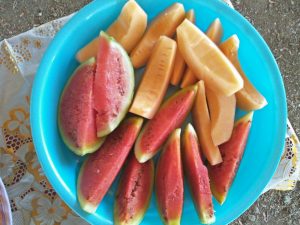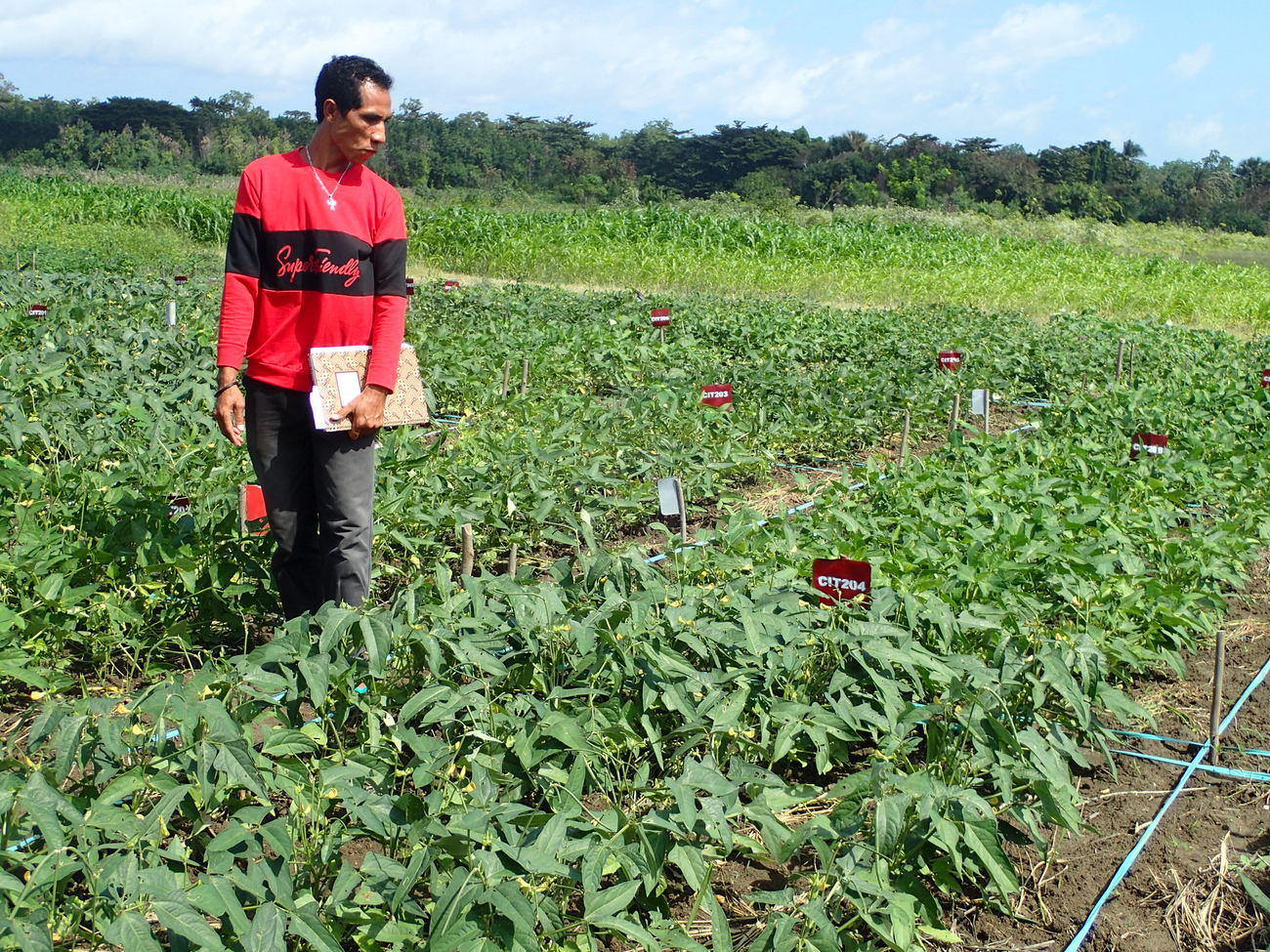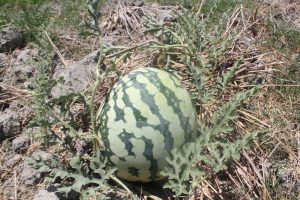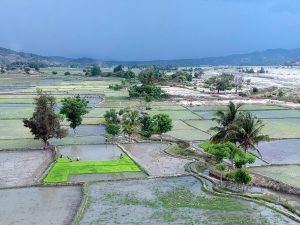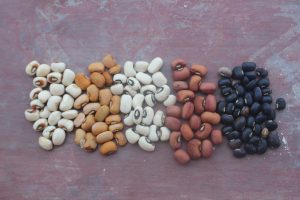The Minister of Agriculture and Fisheries, Estanislau Alexio da Silva, has today launched a new publication documenting tree species suitable for planting together with sandalwood, the highly valuable tree native to the island of Timor.
The book, Sandalwood Production and Hosts in Timor-Leste, provides clear guidelines and information for those seeking to plant sandalwood, Santalum album, a semi-parasitic tree that is native to Timor-Leste, but which does not grow well alone.
“Knowing that sandalwood is a parasitic tree allows us to better design ways to plant and re-establish groves of sandalwood throughout Timor,” Minister da Silva wrote in the introduction of the book, which he launched today in a ceremony at the Comoro office of Timor-Leste’s Ministry of Agriculture and Fisheries with support from AI-Com.
“The new book will act as a reference on what trees are suitable to be planted with sandalwood to ensure their healthy growth and subsequent survival.”
The history of sandalwood is inextricably tied with the history of Timor-Leste, with foreign traders first approaching Timor-Leste’s shores on the scent of the wood and the promise of wealth. But sandalwood populations were plundered during colonial time and today, few trees remain.
In recognition of sandalwood’s enormous cultural, ecological and economic value, the Ministry of Agriculture and Fisheries (MAF) has since independence focused effort on restoring sandalwood populations. It has distributed more than 80,000 seedlings to farming families across Timor-Leste since 2003.
AI-Com, a new collaborative research project funded by the Australian Centre for Agriculture Research, aims to support farming families in Timor-Leste to improve agriculture productivity and profitability. The reference book, authored by MAF staff and AI-Com researchers, suggests planting sandalwood seedlings with host trees used for other purposes, including cattle feed and firewood, to intensify farming systems.
“Sandalwood need not be difficult to produce in plantations,” said University of Sunshine Coast researcher Tony Page, the guide’s lead author. “It requires a little understanding of its parasitic nature and the trees that make suitable hosts.”
The reference book is available in Tetun and English. Digital copies are available on AI-Com’s website. A second sandalwood publication from AI-Com is forthcoming in 2019.
